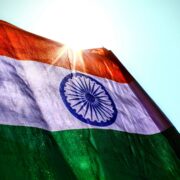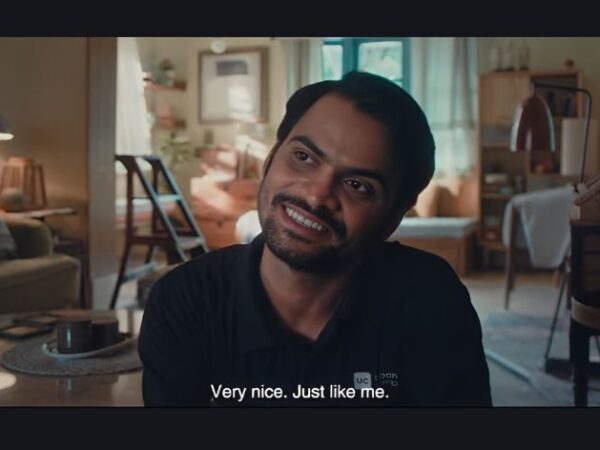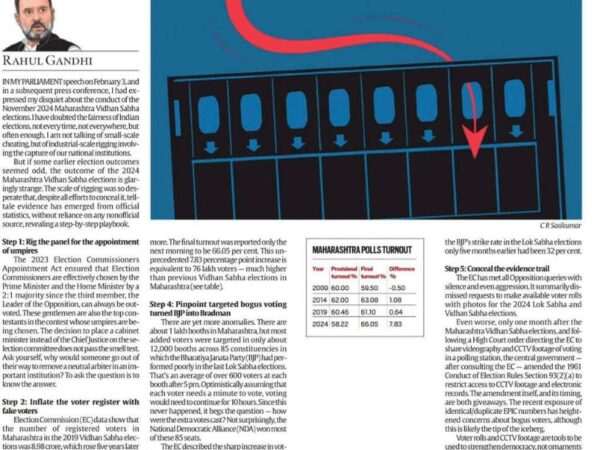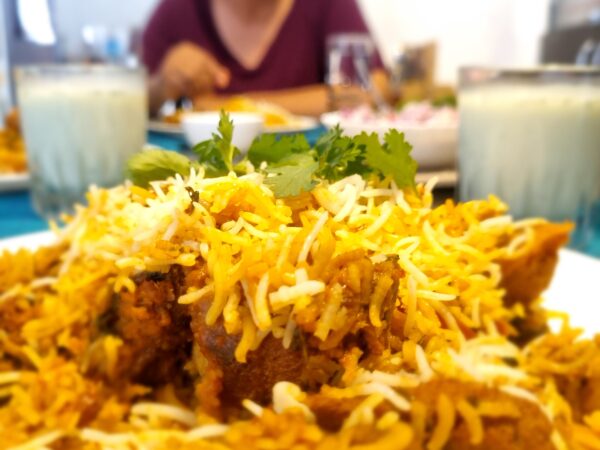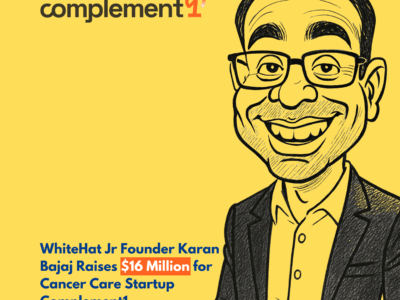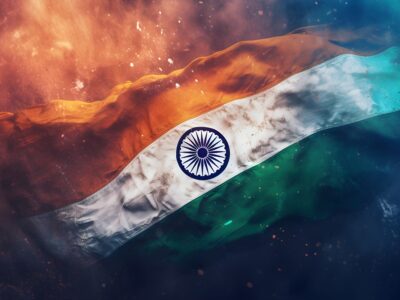
Yewale Amrutatulya.
“चाय का और मेरा पुराना रिश्ता है।” is something you’d expect our dear PM to say (not just because of the claims that he sold tea in his youth, but also the “पुराना रिश्ता” phrase has become his तकिया कलाम, in a way).
But in my case, this is literally true. I was born in Pune in August of 1972, and within 3 months, taken to Jorhat in Assam, where my dad was posted during and after the Bangladesh liberation war of 1971. The local tea estates would invite my parents over, as they did all the uniformed officers, and there was quite some socialising between the tea estate managers and the local defence services. My mom and dad have fond memories of the various chai bagaan in Assam.
Years later, my kid brother Abhijit was posted to the Chabua Air Force Station and he rekindled the romance. Chabua, in fact, is so named because the first tea plantations by the Brits (1837) happened in the vicinity. Interestingly, the story goes that the recipes on which Tasha & Girl’s products are based also originated somewhere within a 100km radius of that place. Of course, as with most family myths, we take it with a pinch of salt (or sugar, given the nature of the recipes).
Many more years later, in 2011 in fact, I met Natasha, now my wife and the mother of my beautiful daughter Kymaia, and it turned out that she had grown up on the tea estates of Panitola, Dhullie, and Tinkharia in the early 80s, where her father used to be “Engineer Saheb” and the sisters (Tasha and Rashmi, her elder sibling) used to play tennis in whites and have picnics with muffins and scones and tea in bone china kettles kept warm in tea-cosies knitted by their ayahs, with the other baby and baba log of the chai bagaan.
Yes, I know. It’s a small world.
Her tea choices were (and still are) very, how can I put it gently, sophisticated. Her father, of course, can make out not just the exact blend and cuppage of every gram of tea from 6 paces, but also can tell you which part of the bush these leaves came from, at what age they seemed to be plucked, and whether it was the sunny side or the shady side of the hill they were harvested from! His definition of tea, of course, is adding the purest, freshest, youngest, delicately plucked from the very top of the shrub, correctly aged tea leaves to a pot of boiling water, swirling it, and then straining it into a bone china cup (with a saucer) after letting it brew for exactly 120 seconds before sipping it without the addition of impurities like sugar, milk, or lime. And therein lies another story.
It so happened that back in 2012, when I was courting Tashuji and proposed marriage to her, she asked me to meet her father, who I duly invited to my bachelor’s pad in Pune, and when he came, offered to brew some chai for him. (Now, before we go on, here’s my version of what passes as “chai”: take water, add tulsi, pudina, crushed cardamom, lots of fresh ginger, and boil it till an inch of its life, adding tea leaves, ideally Taj Mahal from Brooke Bond, and later a drop of milk, before straining and serving in large mugs which won’t feel out of place in Munich at the height of Oktoberfest). So naturally, when I offered tea and Papa accepted it, that is what I concocted for him. To his credit, he politely drank a few sips before setting down the very large and heavy mug, and did not touch it throughout the conversation that followed. Anyway, it ended well, or so I thought since we got his blessings for the impending nuptials. But once they left and were out of earshot, or so Tashuji tells me, he told her, in the wise, sagacious way that only a father can counsel a daughter, “बेटा, लड़का अच्छा है, लेकिन उसके हाथ की चाय कभी मत पीना। बीमार पड़ जाओगे।” The standing joke in her family is that what I make should correctly be classified as “curry” and not “tea.”
But my love (and emotional connection) for tea is unabated. I have an exact process (yes, with measuring glasses, weighing scales etc) for making my morning cuppa, but I will rarely miss a chance to try out something new if I see it from across the road. It is like a fatal attraction that one day will lead to a “death by tea” (if that’s a thing). I drink about 1.2 litres of the stuff a day, at home, in offices (my own and others’), on tapris, Amrutatulyas, restaurants, and homes of people I visit. The way to most men’s hearts may be through their stomach, but give me a steaming cup ‘o tea any day and I am yours for the taking!
So, I cannot be blamed for feeling a pull towards Yewale Amrutatulya, about which I had heard so much, and not just about their tea, but their industriousness, innovation, and out-of-the-box thinking. And when they opened a new outlet at Kondhwa, where I go to drop wifey off every morning, I couldn’t wait to try it. Unfortunately, our timings never matched and it remained one of those things I had to wait for destiny to call upon for consummation (like some people speak of “माँ का बुलावा” while discussing their trek to Vainsho Devi).
It seems fate had decided that this would happen today morning. So, at 0630h, I found myself parking in front of a shop that seemed to be selling 100% guaranteed lottery tickets (given that it had about 5 dozen or so people waving chits in the air, trying to catch the server’s attention) and wading through the crowd to get to the counter and ask for a cup of tea.
I was handed a coupon and when I reached in my wallet for the money, I realised that all I had was a solitary Rs.2,000 note (yep, the lavender one). Oh no! I asked the cashier if he had change, and was half expecting a “No” (actually, a Puneri “No,” which while meaning the same, somehow is delivered in an insouciant, almost “je ne sais quoi” attitude that fills the recipient with a humungous inferiority complex). What he did say though was, “तुम्ही चहा घ्या. सुट्टे बघू नंतर.” Gobsmacked, I asked his name, and turned out that he is Aba Rokade, the brother-in-law of one of the Yewales (the founders). Saying that, he vanished, handing over the counter to someone else, and I focussed on the tea and the outlet now.
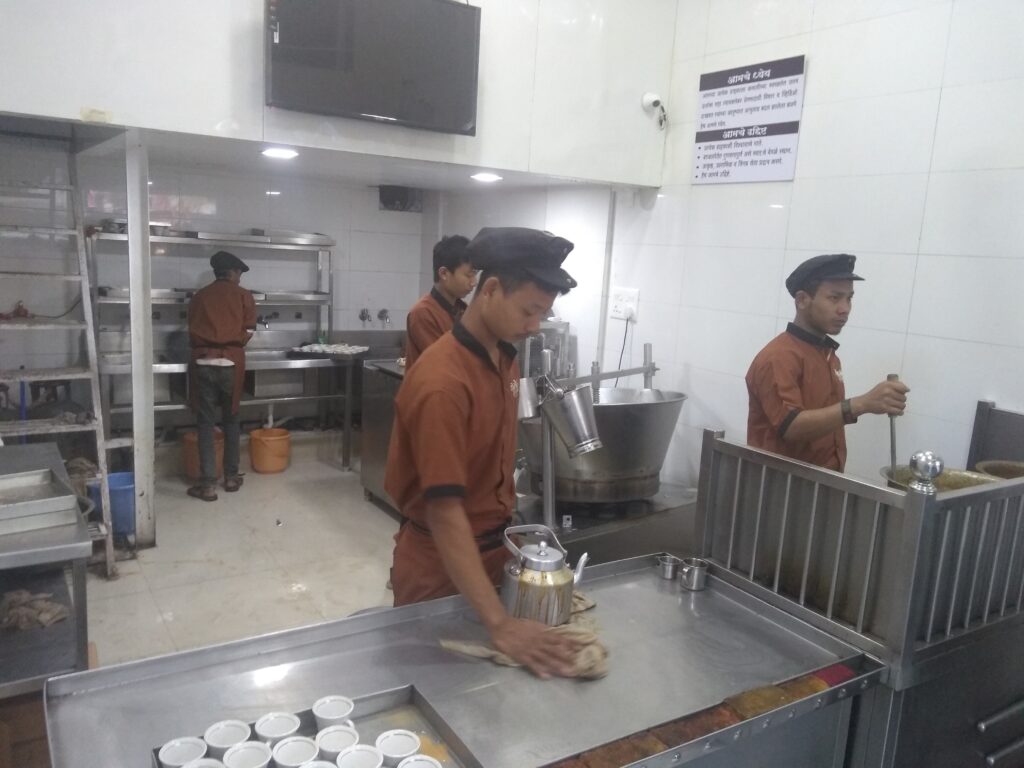
Clean.
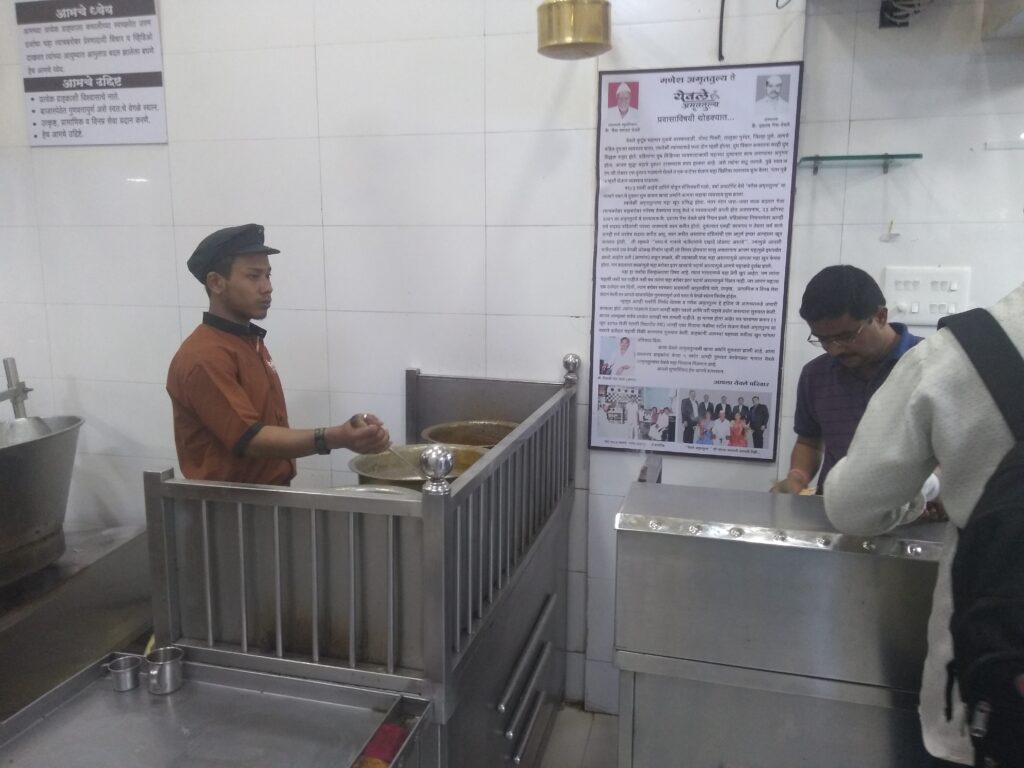
Process-driven.
The outlet is CLEAN. Yes, that’s a capital CLEAN. Something that wouldn’t be out of place in a hygiene-obsessed city like Singapore. It had an all-Assamese staff (told ya that the world is indeed small!) making tea using ingredients measured out and packed in air-tight silver foil bags (probably coming from a central location), and following a process that did not change over the 4 different batches I saw being made. No, not even by one single step. It was served in the traditional Amrutatulya white ceramic cups (no saucer though) with the brand name printed on them, lined up neatly in a row on trays on the counter. Everyone was in uniform, the atmosphere was professional, process-driven, but friendly. The service was prompt, and the system just ticked over, without hiccups, as with any large-scale, international franchisee model (think McDonald’s or KFC).
At this point, most people who are reading my review for the first time would expect an in-depth description of the raw material, the types of tea leaves and sugar, the source of milk, followed by a painstaking analysis of the taste, the texture, the colour etc of the tea, using words you would have heard on Masterchef Australia. You’d expect I go into paroxysmal emotions about the timbre and the temperature, the foretaste and aftertaste, the tongue-feel and bouquet, the astringency and character and so on. You’d expect comparative analysis, a rating, or at least a verdict.
I feel sorry for you. No, I truly do. Those who know me and have read my previous reviews know that no such thing follows, given how little I know about food or drink, and most of my “reviews” are but story-telling opportunities to break the boredom of reading food reviews written by “experts”. They know that I write about my experiences with food and not about the food itself. So, once again, apologies, but this ain’t that kind of a review. Sorry to have led you this far and have nothing “foodie” to show for it.
But here is something you will appreciate: At the end of the day, the actual taste of the tea (as indeed with most food experiences) is secondary. What matters is how you felt. And this is where I must refer to the new advertisement from Brooke Bond where the participants in an experiment are given two blends (one in which they drink alone and one in which they have company) and while both blends are exactly the same, when asked to choose, almost every one of them claims the second one was tastier. The contention is that tea goes well with company and conversation. And that is exactly why I refuse to review, rate, classify, or compare Yewale’s tea with any other. It was a nice, cool morning in the city I love, and I was part of a buzzing crowd of early-risers, chatting with Aba Rokade, reaffirming my connection with tea, and with life itself, all for a meagre Rs.10. Is there a value I can put on it? Can you?
Now, go brew yourself a fresh cuppa, and read it again.
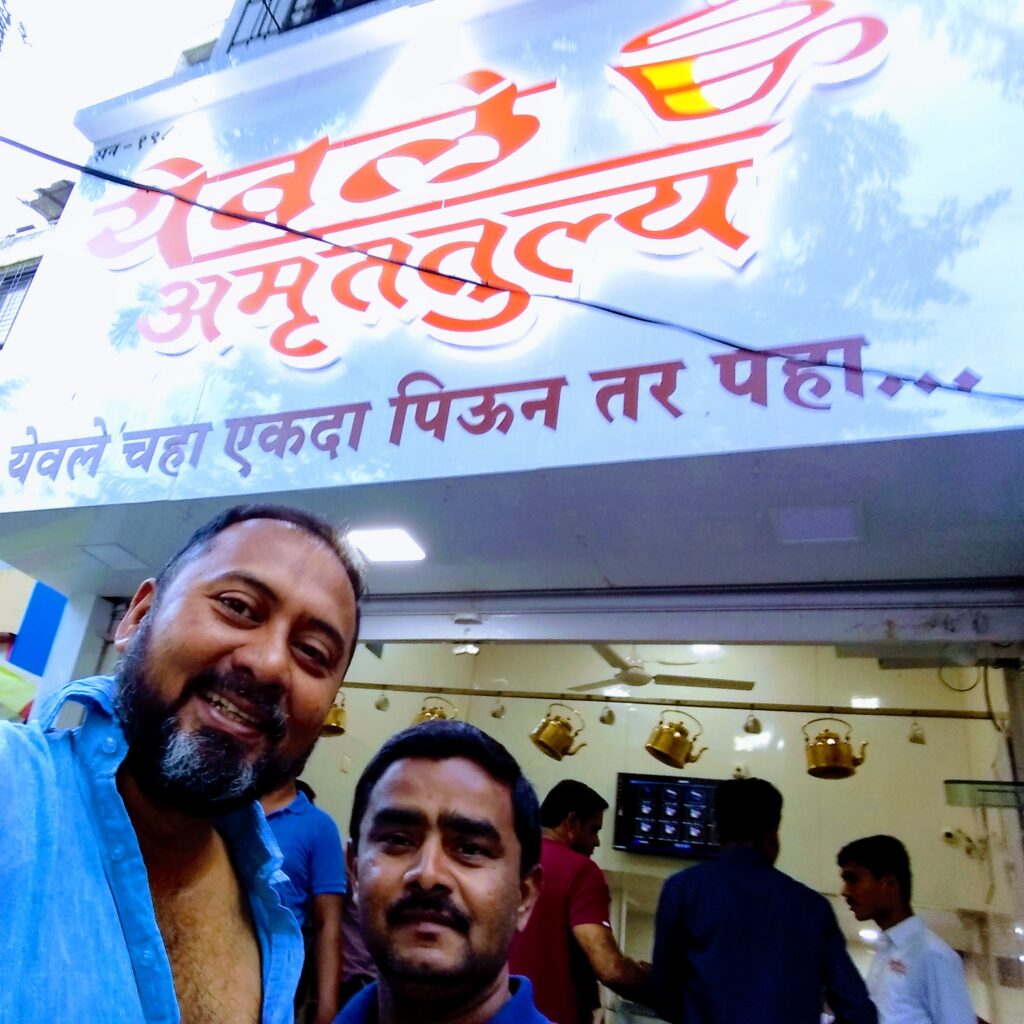
With Aba Rokade of Yewale Amrutatulya.
